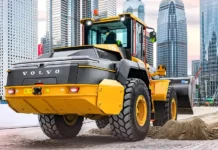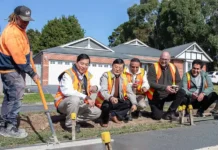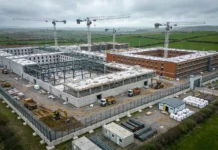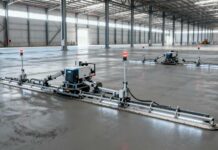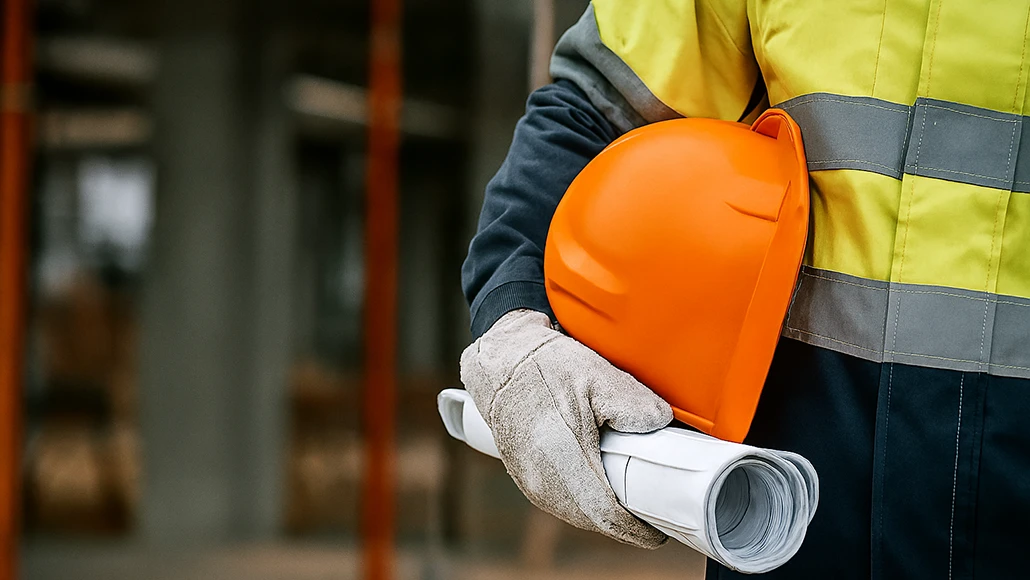by Charlotte Waller, Personal Injury solicitor, Switalskis
Data from the Health and Safety Executive (HSE) indicate that construction remains one of the UK’s most dangerous industries. The newest provisional statistics show that
35 fatal injuries occurred in 2024/25 in the construction industry, higher than any other industry in the UK. Despite an improvement over the previous year, this remains a staggering number of avoidable deaths.
In terms of confirmed statistics, the most recent available data shows that the number of fatal injuries in the construction industry peaked in 2023/24, with 51 fatal injuries to workers and an additional three to members of the general public. An average estimate of the number of non-fatal workplace injuries over the period 2021-2024 suggests that a further 47,000 workers may have sustained non-fatal injuries on construction sites.
This indicates that more needs to be done to minimise the risk of accidents that can have severe consequences. Protecting workers and members of the public is not only a moral and legal obligation, but makes financial sense when you consider the working days lost to recovery from injuries and the potential for injured workers to make a compensation claim for an injury at work. At Switalskis, our construction accident lawyers regularly represent people who need financial compensation because they have been injured in avoidable accidents on construction sites. A claim may increase a business’ insurance premiums and damage its reputation, and the organisation could face further regulatory penalties if it is found to have breached its obligations to HSE.
But how can construction businesses approach site planning and the implementation of safety policies that minimises the risk of accidents? The answer is that safety must become part of company culture and be made the bedrock of decision-making. Safety policies should be subject to scrutiny, not only initially but on an ongoing basis. Training and compliance should be constantly reviewed to verify that approved frameworks are being followed. A combined approach can help businesses to minimise the risk of accidents and avoid any legal liability for injuries that cannot be prevented.
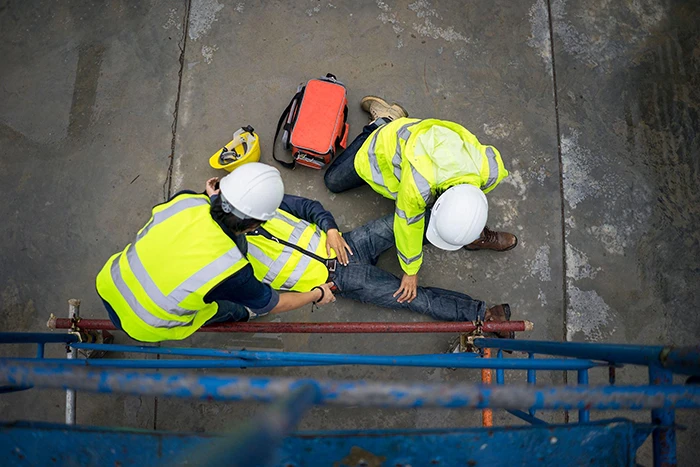
Meeting the legal standards
The minimum requirements as outlined in the Health and Safety at Work Act 1974, the Construction (Design and Management) Regulations 2015 and HSE guidance for construction firms are often a strong foundation for preventing accidents. While these regulations do not give specific standards or guidelines in most cases, they emphasise an employer’s role and responsibility to minimise the risk of accidents. They also clarify when an employee might be responsible for a health and safety failure, and what businesses must do to protect themselves.
Implementing these standards effectively should be enough to prevent accidents, but larger changes within a business’ culture and approach to planning for construction projects can make this much more reliable and straightforward.
Embedding safety into company culture
Building safety into company culture begins at the top of a business. Not only does a focus on safety by directors set the standard for everyone else within the business, but aspects that are key to the implementation of health and safety policies require a foundation of communication and trust between employees and employers. For example, workers must feel comfortable raising concerns if they believe that policies are unsuitable or not being implemented correctly, which is impossible if they fear retribution. Company higher-ups should view criticism as an opportunity to reinforce or overhaul the approach to health and safety in a way that will benefit both the workers and the business.
Ultimately, this approach enables the company to make earlier interventions before accidents happen, and creates a sense of shared responsibility among everyone on site. A culture where employees can speak up is one where they hold themselves and each other to account for mistakes or dangerous behaviour, which allows a culture that is health and safety-forward to sustain and perpetuate itself.
Further, if accidents or near misses are reported, the company must work to understand the causes or patterns and make structural improvements in this or future projects.
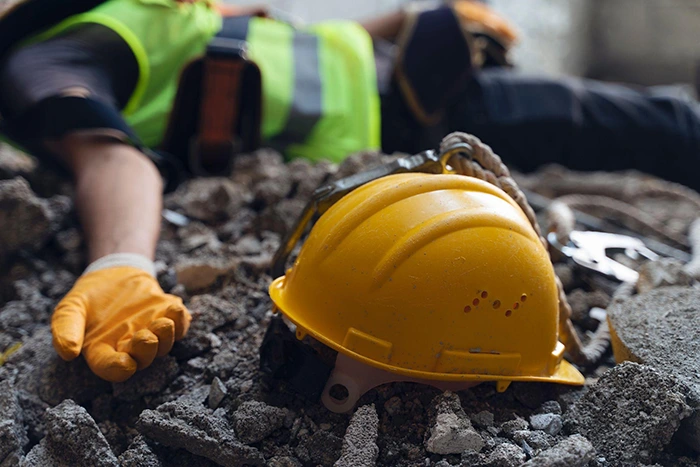
Risk assessment and planning
Risk assessments are a legal obligation, but your approach determines whether or not they are successful. Each project has its own risks and challenges, and risk assessments need to not only take these into account successfully, but to undergo regular reviews and be revised if conditions change. Certain factors – such as the weather, or the number of subcontractors working on site – may change every day, which means that regular consideration of existing policies is vital and ensuring they remain effective.
As such, risk assessments should be viewed not as a box-ticking exercise but as a cycle of identifying risks and implementing solutions on an ongoing basis. Any policy changes must be communicated clearly, and compliance monitored. Site-specific conditions or requirements should be outlined in site inductions and reinforced during toolbox meetings.
Stay ahead of new developments
Technology is playing a growing role in health and safety implementation on UK construction sites. Falls from height are the biggest cause of fatal accidents in construction, accounting for 52% of accidents on average from 2019 – 2024, but companies are increasingly relying on drones to inspect scaffolds and out-of-reach areas in a way that could significantly reduce the risk of injury. Some businesses have also adopted wearable devices that can track the health, wellbeing and vital signs of workers to identify high risk activities.
New and improved designs for plant, personal protective equipment and safety gear (such as harnesses) can also be a way to minimise risk, and businesses should investigate their options to determine whether they are using the best possible equipment for each job.
Taking all of the steps above means creating a combined approach where safety is at the forefront of decision-making. This not only meets an organisation’s legal requirements, but minimises the risk of lost time caused by accidents and injuries in a way that benefits everyone.




